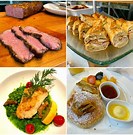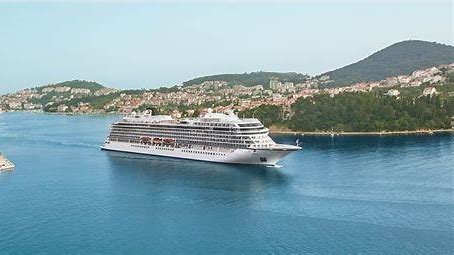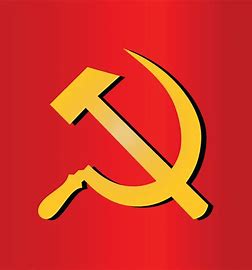Ramblings from a Traveler
On the way,
To Barcelona.
Leaving our house,
For Peter and Mona.
Four Continents,
In thirty days.
Eight Ports,
But short stays.
Dress slacks for dining,
Were required each night.
But with only one pair,
I packed a bit light.
We land in Buenos Aires,
St. Pat’s Day Parade.
But missed all the parties,
As jet lag made us fade.
After heart surgery,
Can’t carry a bag.
Plus, my pace,
Tends to lag.
Carnaval Show,
In Montevideo.
And when at sea,
On walks we’d go.
Rio de Janeiro rain,
Pancho Giant Jesus?
Luz does her best,
To try and please us.
Hot and muggy,
Bad tour of Recife.
Lost our guide,
Kind of a relief,
Equator crossing,
Kiss the fish.
Sky full of stars,
Make a wish.
This Viking journey,
With Cindy and Pat.
With all this food.
We’re sure to get fat.
Double Cappuccinos,
Unlimited wine.
A glutton’s delight,
All “Mine Mine Mine!”
Pat had a birthday,
Another wine toast.
As we were approaching,
The African Coast.
Caprese and Gelato,
Almost every night.
But the other courses,
Made my pants get tight.
Five full days at sea,
I tried to keep my steps up.
But devoured those bone-ins,
One too many pudding cup!
Through Good Friday,
Another deck lap.
Afternoon bridge,
While I took my nap.
Paolo’s covers,
The Viking band.
Piano Tim, Jakub’s bow,
When no place to land.
Explorers’ Dome,
3-D and cocktails.
Movie Popcorn,
Talks about whales.
Sao Vincente bus,
Cobblestone roads.
Snake to the top
For a shot of Ponch.
Easter Sunday,
April Fools jokes.
Chocolate bunnies,
But sugar-free Cokes.
Casablanca docking.
Classic movie words.
Boobies everywhere,
Too bad they were birds.
Losing my debit card,
I guess I’m one, too,
A visit to the doc,
And scaring you.
Rock of Gibraltar,
In the midst of the night.
All that I saw,
Was a flashing light.
Next stop Malaga,
Picasso’s birthplace.
And as a young boy,
Sketched his first face.
An overcast Barcelona,
But still quite unique.
Sagrada Familia church,
With peak after peak.
Gaudi is gaudy,
Kings too haughty.
Cathedrals lawdy.
Flamenco naughty.
The time kept on changing,
Our clocks never right.
A mall fills the arena,
Where bulls once did fight.
Never enough Euro,
To pay the fee to pee.
And there was no water,
Though right on the sea.
All of the fountains,
Were bone dry.
So there was little urge,
When I strolled by.
Hop to Mallorca,
For an extended stay.
Dozed by the pool,
While spring breakers play!
Placemats and magnets,
The shopping goals.
Our Son Antem villa,
Amidst eighteen holes.
Needed Fire Starter,
For burgers on the grill.
Denise made the meals,
With master skills.
We rent a Bimmer,
Parking a bummer.
The tormenter turns,
A knuckle numb-er.
No annoying horns,
But cyclists everywhere.
Not good at sharing,
Pass if you dare.
Narrow parking rows,
Mediterranean views.
Dancing Panda,
Shops full of shoes.
We hopped on,
But off -not too much.
Except when we,
Were hungry for lunch.
Port de Pollenca,
Miles of blue.
Romantic Lunch
Just us two.
We met our British friends,
On a Plaza to dine.
Dinner was affordable,
But not the parking fine..
Two trips to the airport
Six bags plus carry-ons.
Bolduman donuts,
Early morning yawns.
Tour Barcelona,
Renaissance night.
Spanish paella,
Six movie flight.
Home at last,
Back in our bed.
To travel again,
We need more bread.
Copyright 2024 johnstonwrites.com









